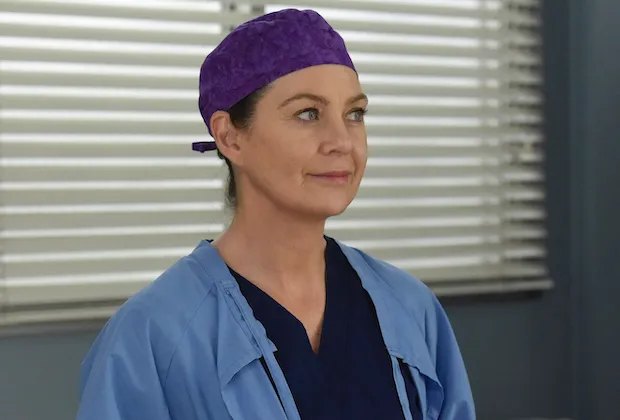The medical drama has been a mainstay of television for decades, charming audiences with its intricate storylines and complex characters. From the iconic “Dr. Kildare” to the more recent hit “Grey’s Anatomy,” these shows have become an integral part of popular culture. But what sets them apart, and how do they portray the reality of medicine?
One of the most significant aspects of medical dramas is their ability to balance drama and realism. Shows like “ER” and “Chicago Med” effortlessly blend cliffhangers and character arcs with realistic portrayals of medical procedures and the high-pressure environment of an emergency room. “House” took a different approach, using its protagonist’s eccentricities to explore the complexities of medical mystery and the human condition.
However, not all medical dramas have achieved this delicate balance. “Scrubs” was often criticized for its over-the-top humor and unrealistic portrayal of medical life, while “Doogie Howser, M.D.” was lambasted for its absurd premise and lack of realism. These shows may have entertained audiences, but they failed to accurately depict the demands and challenges of the medical profession.
In contrast, shows like “The Good Doctor” and “New Amsterdam” have taken a more nuanced approach, focusing on the personal stories and struggles of their characters. These series acknowledge the complexities of medicine, showcasing the emotional toll it takes on healthcare professionals and the highs and lows of patient care. By doing so, they humanize the medical drama, making it more relatable and engaging for viewers.

THE GOOD DOCTOR – FREDDIE HIGHMORE (Via IMDB)
Another crucial aspect of medical dramas is their portrayal of morality. From the ethical dilemmas faced by doctors in “House” to the personal struggles of “My Name is Earl’s” protagonist, these shows often tackle difficult moral themes. This can be seen in the way characters grapple with issues like patient autonomy, resource allocation, and the balance between personal and professional lives.
The portrayal of medicine in these dramas is also reflective of societal attitudes towards healthcare and the medical profession. Shows like “ER” and “Grey’s Anatomy” have been praised for their nuanced depiction of the medical-patient relationship, highlighting the empathy and compassion required of healthcare professionals. Conversely, shows like “The Knick” and “The Dresser” have been criticized for their sanitized and romanticized portrayal of medical life, often reinforcing harmful stereotypes and attitudes towards doctors and nurses.
Ultimately, medical dramas have the power to educate, entertain, and inspire. By exploring the complexities of medicine and the human experience, these shows can spark important conversations about healthcare and the role of doctors in society. As the medical terrain continues to evolve, medical dramas will undoubtedly adapt, focusing on the most pressing issues and themes of our time. Whether it’s the impact of technology on patient care or the struggle for healthcare access, these shows will continue to capture our imagination and reflect the drama of medicine.
























